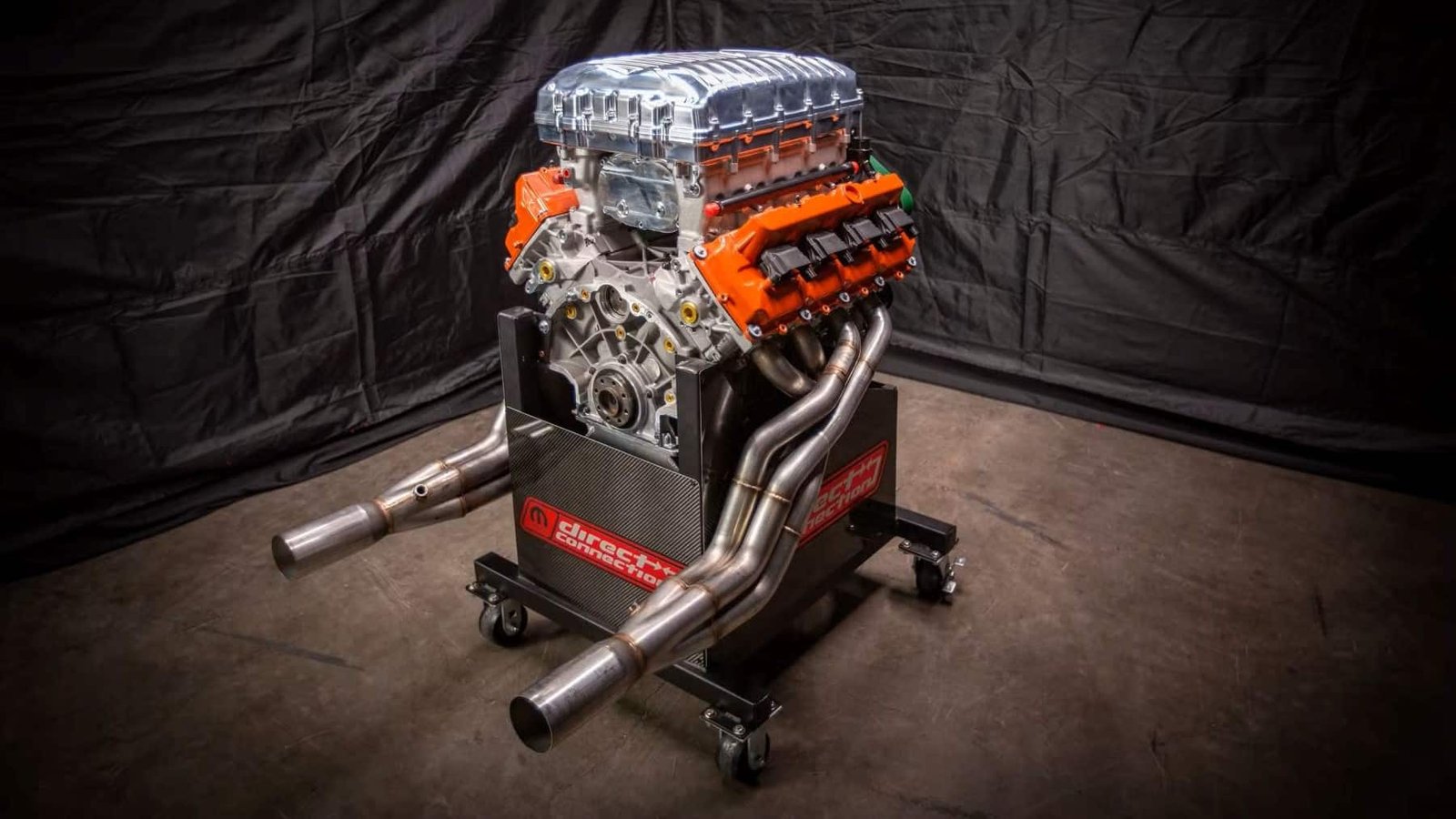El motor de $6000 millones para los vehículos de Stellantis: una alternativa innovadora.

A new engine has arrived to revolutionize the automobile market, but it is not a traditional fuel, no electric car like this beast has arrived in China, much less hydrogen, but a new and very curious fuel.
The Evolution of Fuels
For several years, automobiles have been limited to the use of traditional fuels, such as diesel and gasoline, but over time it was discovered that these fuels had a great impact on the planet, as they were responsible for generating very polluting emissions.
Then, in response to this problem, alternatives have emerged such as electric cars and hydrogen cars, where both stand out for being more environmentally friendly. But despite the fact that it is a good alternative, not everyone is convinced that it is the best.
Therefore, some companies want to go further and create innovative and efficient engines, but at the same time do not pollute, for which the company Stellantis decided to invest $6000 million in a new innovation.
The Arrival of a New Engine
Stellantis invests in designing a new family of gasoline engines, but does that mean going back to polluting fuels? The answer is no. Well, although they will work with gasoline, the system is completely different from the traditional one.
The idea of the company is to work with a flexible engine technology known as Flex-Fuel Engines that are characterized because they can work with gasoline and ethanol. A much more durable option than traditional gasoline systems.
These engines mainly operate with biofuels derived from sugar and corn, contributing to the reduction of global carbon emissions. With this strategy, the company is positioning itself among the car manufacturers that focus on electrification.
In reality, Stellantis is betting everything on this strategy because they decided to invest $6000 million in the development of internal combustion engines (ICE) that work with ethanol in South American markets and intend to launch over 40 new models.
Brazil would be the main target
South America, and particularly Brazil, are target locations in Stellantis’ strategy. In these regions, ethanol is much more accessible and widely used, making them ideal places to promote the adoption of flexible fuel technology.
Stellantis has made the largest individual investment in the history of the South American automotive industry, in the Betim factory in Brazil, which serves as a reference center for the production of biohybrid engines that supply the global market.
The company aims to achieve zero carbon emissions by 2038, and South American markets remain crucial for the company, as their strong commercial presence generates significant sales in Brazil, Argentina, and Chile.
A great transformation in the automotive industry
As we can see, Stellantis strategically positions itself to develop ethanol engines in regions where the infrastructure for electric vehicles is still insufficient. In this way, they ensure that the Flex-Fuel-Boom technology is a powerful competitor in the market.
They also have another advantage, and that is that the flexible hybrid vehicle technology integrates batteries that improve fuel efficiency and reduce its impact on the environment, making it a much more planet-friendly alternative.
The company reaffirms its commitment to ethanol through activities that go beyond simple engines, as resources are allocated to research advanced methods to optimize ethanol performance and reduce emissions.
In this way, the company shows us that the most important thing in more ecological mobility is not the fact that fuel is used, but how they use it and what strategies are in place to reduce emissions. In fact, the issue of fuels has always been very controversial, as some even use toxic fuel.
FUENTE




